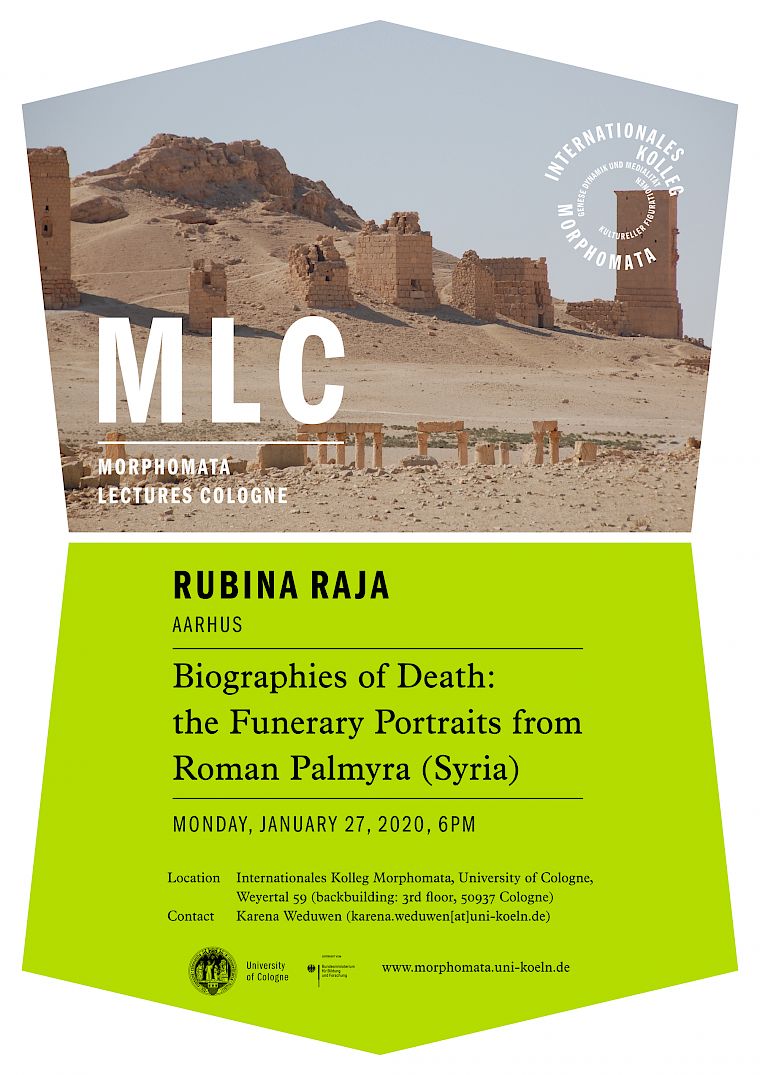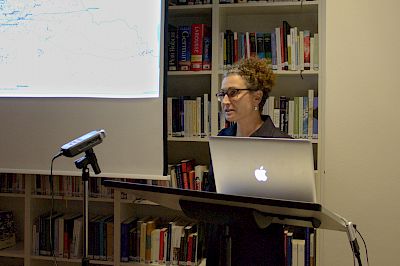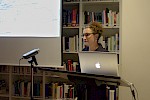Commemoration of the dead is a phenomenon which is traceable back into prehistoric times. Encounters with death has always been a traumatic experience for those left behind. Therefore commemoration and even preparations for commemorations have always been central in human societies. Individuals and groups have through time focused on their deceased and while still alive individuals also often focused on taking part in the choices surrounding the ways in which commemoration of themselves should be shaped for the future generations to experience. In the oasis city Palmyra in the Syrian Desert members of the elite families were commemorated in the Roman period (1st to 3rd centuries CE) through portraits that were set up in the monumental tower and later underground tombs. While the portrait habit was a wide spread phenomenon in the Roman Empire, it was also quite unique in the setting of Palmyra, since the portraits were more than just portraits and usually included representations of the entire upper body of the deceased and were set up in large grave-galleries within the tombs. Secondly the phenomenon can be studied consistently over a period of 300 hundred years, which presents us with a large potential for understanding portrait biographies and the development over time in much more detail than usually possible. This lecture will focus on contextualizing the about 4000 funerary portraits from Palmyra within a larger narrative about families in Palmyra, Palmyrene societal structures as well as Palmyra’s local identity and ways of embedding this into a larger imperial framework.
Rubina Raja (Klassische Archäologie, Aarhus)
27.01.2020


